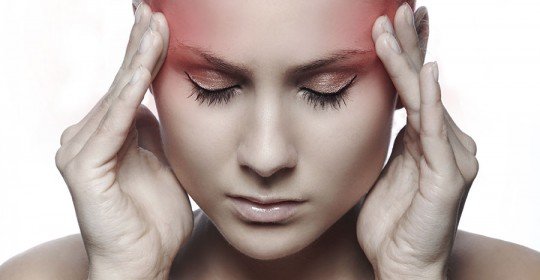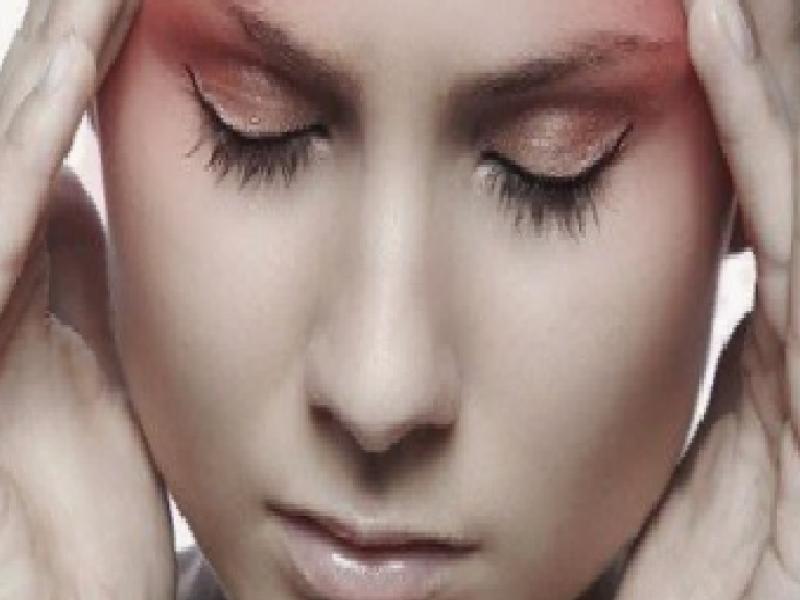
Cluster headache, known as the most severe pain in the world, is a type of headache that is unilateral around the eyes and does not cause any complaints for months after recurring frequently in certain periods. The disease is 5 times more common in men than women. It is a disease in which severe pain is observed, usually at night, especially 1-2 hours after falling asleep, over the eye, spreading to the forehead or cheek, and symptoms such as redness of the eye where the pain is present, tearing and drooping of the eyelid. The nostril on the side of the pain is blocked. The area of pain becomes very sensitive, it may hurt as if the open wound has been touched or bruised. Nausea and vomiting are rare. Sweating is present in almost all of them. Often sweats from the chest up as if water has been spilled. Only the sore face half can also sweat. There may also be hot flashes, a feeling of distress, palpitations, tightness in the heart, and very high blood pressure. The patient is very restless. He can’t lie down, he can’t stay still, he shouts, cries, constantly wanders. They open the window, stick their heads out. Some press on the head with ice pads in their hands.
Others hold their heads in almost scalding hot water. The pain goes away after 15-180 minutes, but it recurs in the following hours. These attacks recur that day and in the following weeks. During pain, patients are agitated and want to walk around constantly. Migraine patients, on the other hand, are important in differential diagnosis because they want darkness and silence. Due to the clustering of headaches over time, the disease is called cluster headache, and these periods often last 1-3 months. While patients have recurrent severe headaches during cluster periods, they have headache-free periods lasting for months after this period.
Although the exact cause of cluster headache is not known, it is thought that there is a genetic predisposition to the disease. Typically, it is observed that headaches are triggered by alcohol in patients, and this effect, which is more prominent especially in cluster periods, is not so evident in non-cluster periods.
The diagnosis of cluster headache is made by the form of the patient’s complaint and the presence of normal neurological examination findings around the eyes other than the above-mentioned findings. It may be necessary to demonstrate that there is no other problem such as tumor and vascular disorder that may cause pain with brain MRI at least once in patients. It should also be demonstrated that there is no intraocular high blood pressure.
Drug treatment in cluster headache is in two forms as attack treatment and pain preventive treatments. Since the main purpose of the attack treatment is to eliminate the headache that the patient feels at that moment, breathing 100% oxygen with a mask is a very effective treatment method. Therefore, it should be the first choice in emergency services. In addition, ergotamine and triptans used in the treatment of migraine are recommended to be administered in the mouth, sublingually or as an injection, while topical local anesthetics through the nostril on the side of the pain can also be effective.
In cluster periods, especially for patients who have attacks during sleep, drugs containing triptans or ergotamine derivatives can be used before going to bed at night to prevent attacks. Verapami, a blood pressure medication, and lithium therapy, which is used in the treatment of psychiatric patients, are among the drugs that are frequently preferred, since long-term use of these drugs causes other problems. Cortisone treatment, which is used only during the attack periods, also effectively prevents the occurrence of headache, and combination treatments may often be required instead of a single treatment in patients.
Those with suspected cluster headache should see a neurologist and use the recommended medications after being examined.

